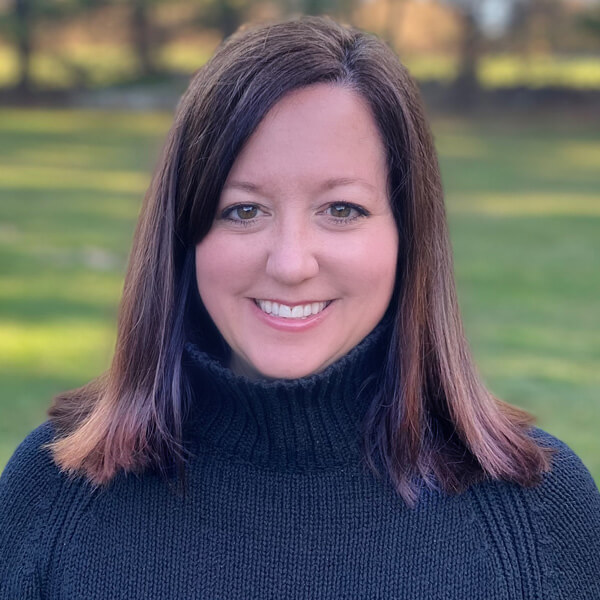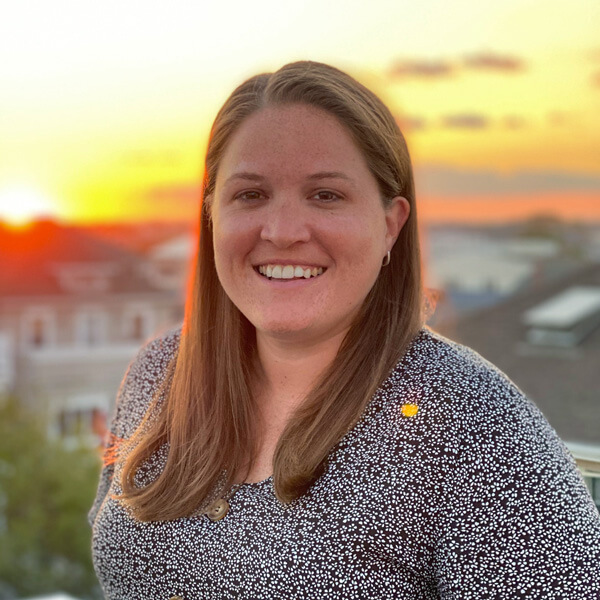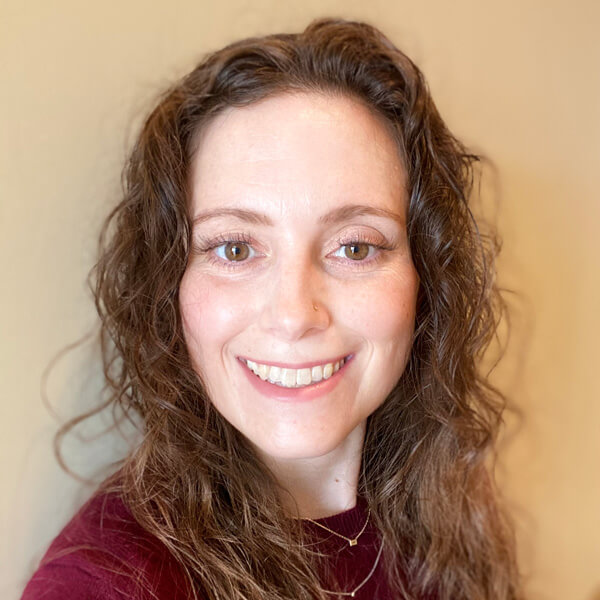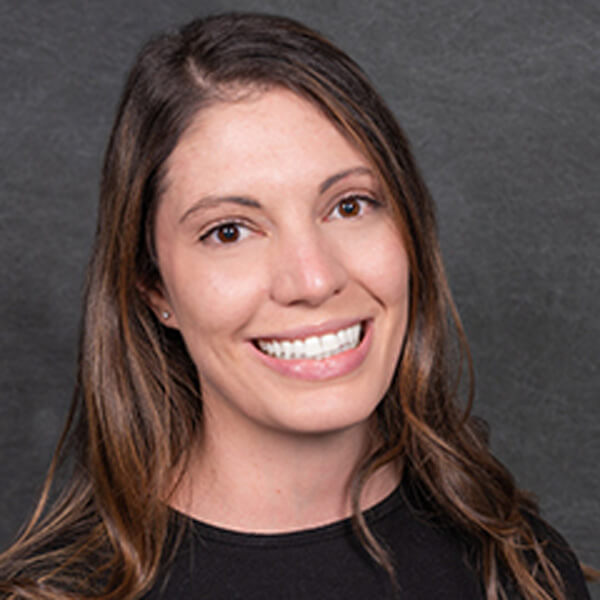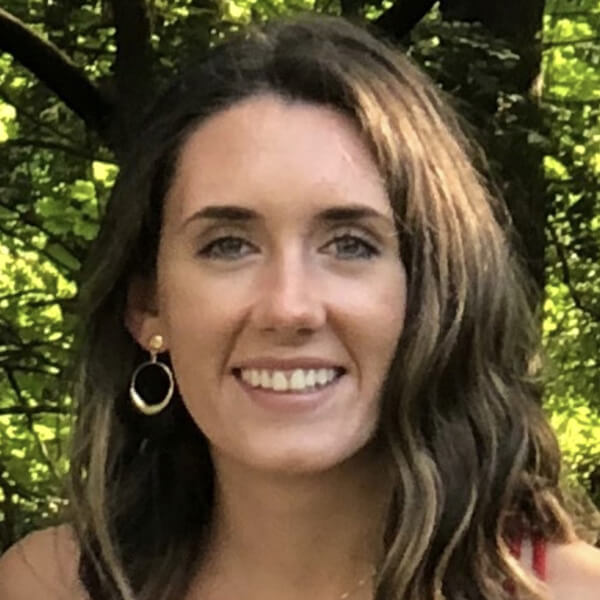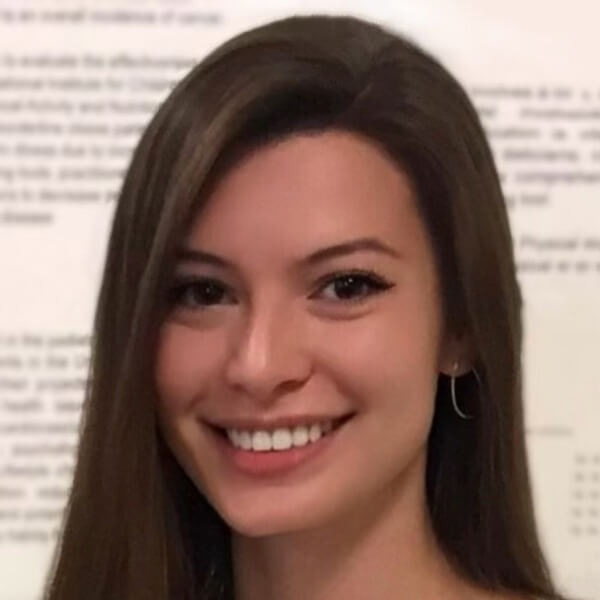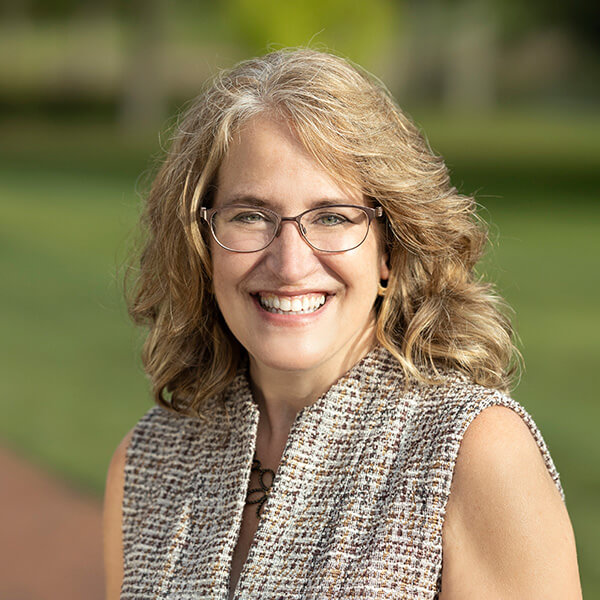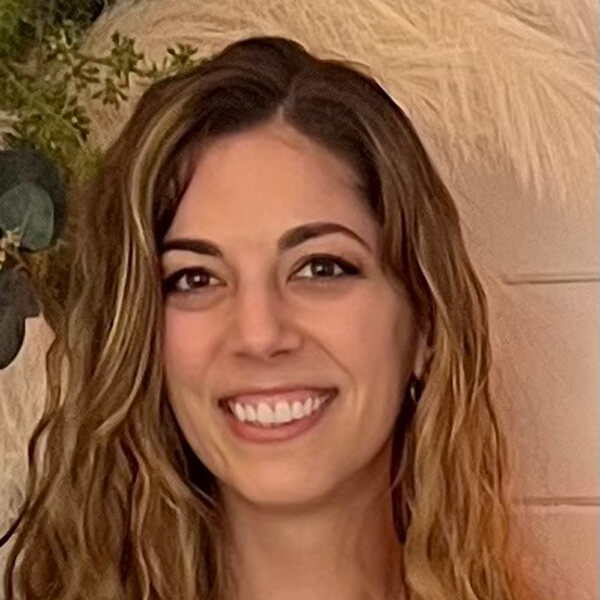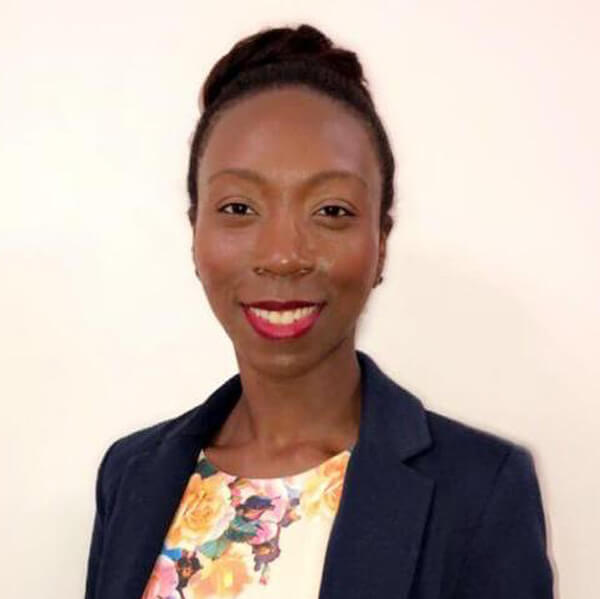Lauren Fiori, OTD, OTR/L
Mentor: Karen Majeski, OTD, OTR/L
There are a substantial number of CHTs reaching retirement age in the next decade, however, there are few newer graduates who are pursuing this specialty (Short et al., 2020). Students’ lack of clinical knowledge has shown to be a barrier to successfully completing a hand therapy fieldwork affiliation (Short et al., 2018; Valdes et al., 2022). The purpose of this study was to investigate clinician and student perspectives regarding what hand therapy content is essential for entry-level OTs to be successful in a hand therapy fieldwork. This study utilized a survey design. Data was collected from 207 clinicians and 25 students via SurveyMonkey. The data was analyzed using descriptive statistics, chi squared analysis, and t-test analysis via R studio statistical software. Participants placed the highest emphasis on foundational knowledge when ranking topic importance, which included muscular anatomy, skeletal anatomy, nervous system anatomy, palpation and surface anatomy. Greater than 90% of participants also felt other topics were very important to student success in hand therapy fieldwork, including kinesiology, biomechanics, tissue healing principles, fractures, tendinopathies, goniometry, and orthotic fabrication and training. Results also indicated that the greater number of students a clinician supervised, the higher they ranked student knowledge and skill level (p=0.02). These clinicians also reported stronger feelings that students would benefit from additional hand therapy curriculum content (p=0.053). Further study of the variability among OT curricula may be warranted, as well as studying the knowledge level needed with certain topics, and the level of independence is needed with specific clinical skills to promote success in hand therapy.

